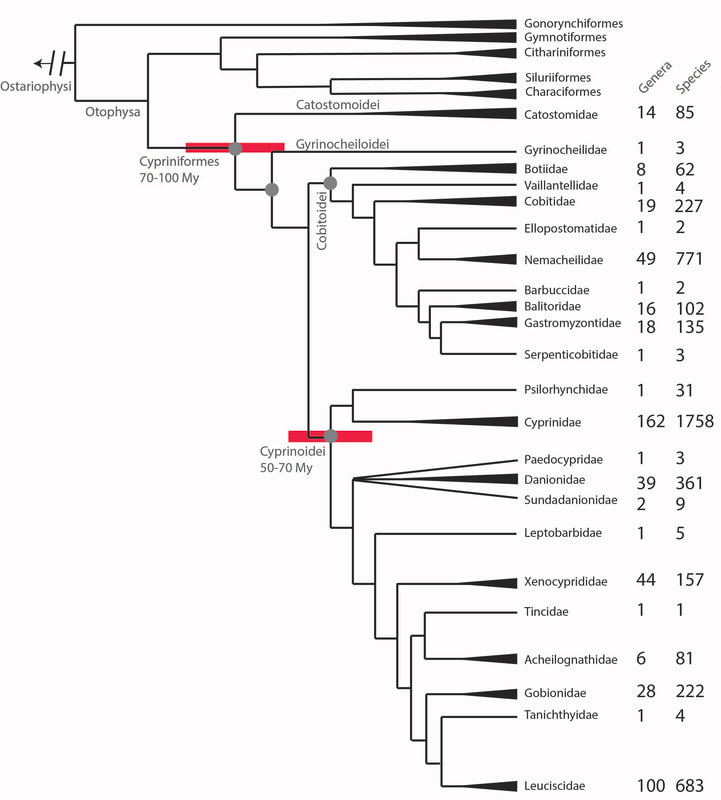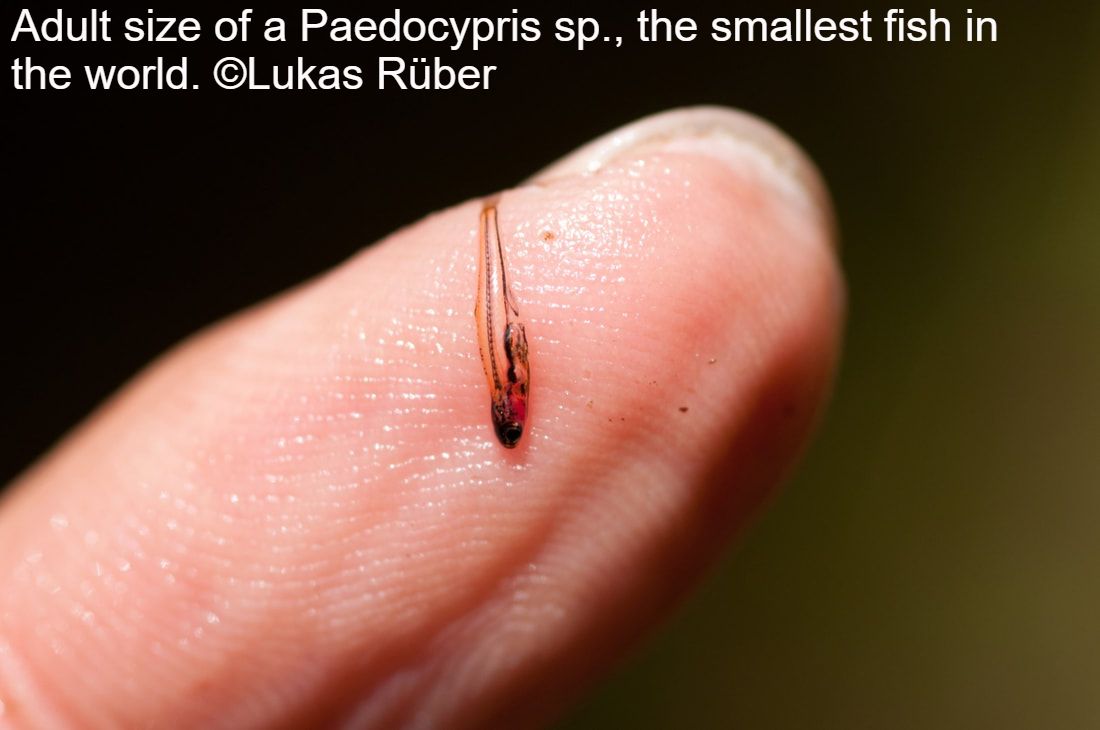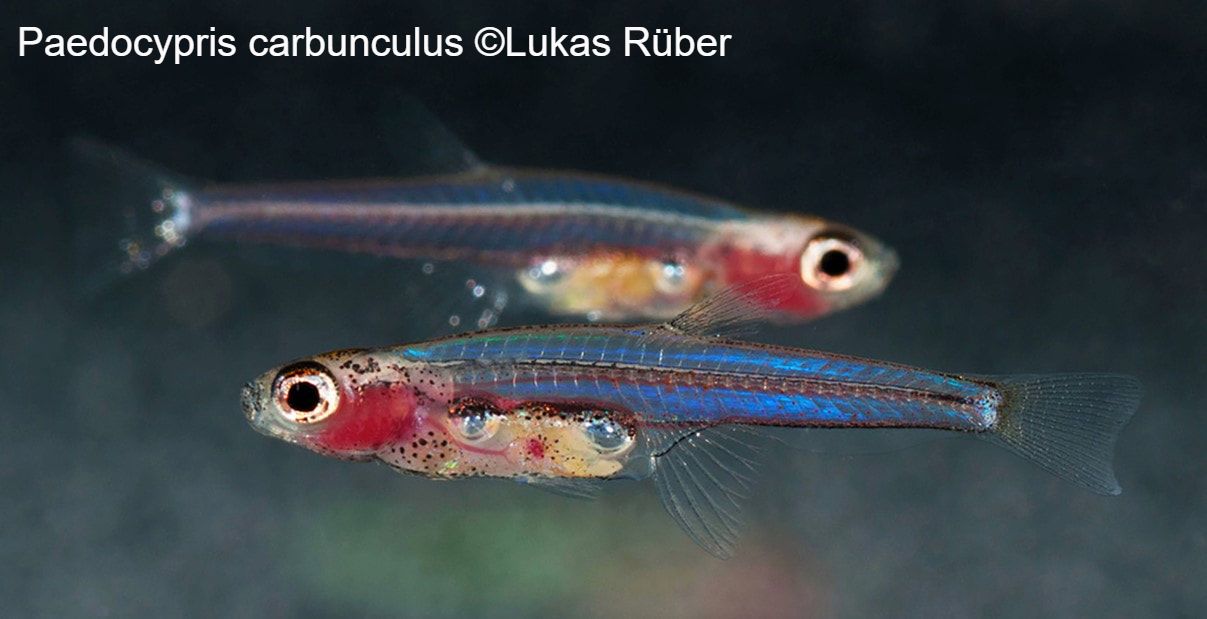Systematics, phylogenetics, and biogeography of Sri Lankan freshwater fishes
|
Sri Lanka, together with Western Ghats of India, is now well recognized as a biodiversity hotspot. Despite these regions being considered as a single biodiversity hotspot, there is substantial endemic diversity confined to each of the regions including a rich freshwater fish faunas.
The taxonomy and nomenclature of freshwater fishes have been extensively revised during the past two decades. However, most of these taxonomic revisions of Sri Lankan freshwater fishes were based on only morphological comparisons with limited sample sizes. I have been exploring the phylogenetic relationships, evolutionary patterns and the biogeography of freshwater fishes of Sri Lanka by combining molecular and morphological data, describe unknown diversity, and clarify the taxonomy and nomenclature of Sri Lankan freshwater fishes. The knowledge gained on these topics will be pivotal in formulating effective assessments of the conservation status of species as well as to draw up species conservation plans. This work has been funded by the Wildlife Heritage Trust (WHT) of Sri Lanka, The Explorers Club, USA, and The Mohamed bin Zayed Species Conservation Fund. |
Phylogenomics of Cypriniformes
|
The order Cypriniformes which comprise carps, minnows, loaches and their relatives are the most diverse group of freshwater fishes distributed in all the continents of the world except in Antarctica, Australia, and South America. Their greatest diversity is seen in Asia represented by about 20 families, members of which are found in a variety of different freshwater habitats. Cypriniforms are of great relevance in biology, economy and culture. Some members of Cypriniforms are popular in the aquarium trade, important food fish, or used as model organisms in biology. Thus, understanding the evolutionary history of this group is of importance and a resolved phylogeny of this diverse group would allow to explore endless comparative investigations.
Several competing hypotheses on the phylogenetic relationships of Cypriniforms have been published. As part of my PhD, I will be exploring the phylogenetic relationships of Cypriniforms by using next generation whole genomic sequencing data and test these previously published competing hypotheses. This work is funded by the Swiss National Science Foundation (SNSF). |
Genomic consequences of miniaturization in zebrafish relatives
|
Miniaturization, which is the extreme reduction of adult body size is a widespread phenomena observed among animal taxa. Among vertebrates, miniaturization is a repeated and well-documented theme in teleost fishes, especially among the Cypriniformes. Miniaturization has evolved repeatedly among the zebrafish relatives and comprise of two extreme types of different phenotypes. One of these are the proportioned dwarves, which are tiny but are almost identical to their larger relatives. The other group are the progenetic miniatures, which are developmentally truncated and characterized by a larval appearance.
As part of my PhD, I will be using next generation whole genomic sequencing data and explore the genomics consequences of miniaturization in zebrafish relatives through a comparative framework. This work is funded by the Swiss National Science Foundation (SNSF). |









